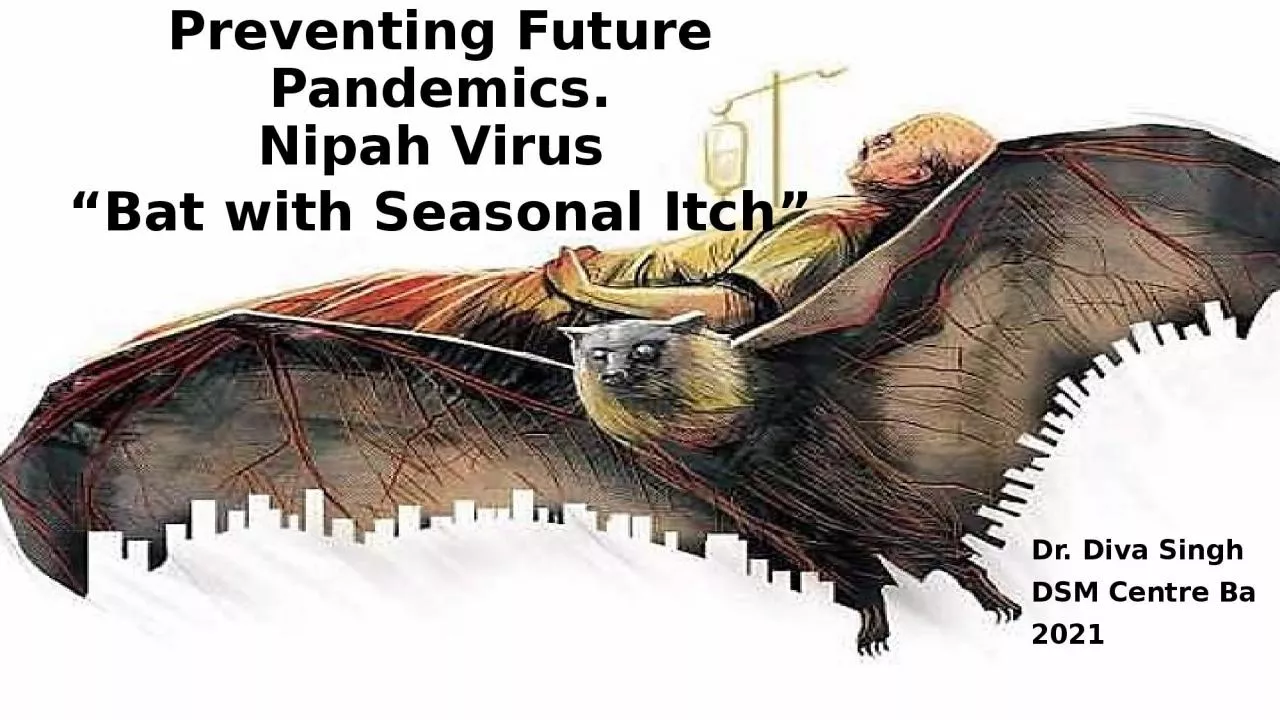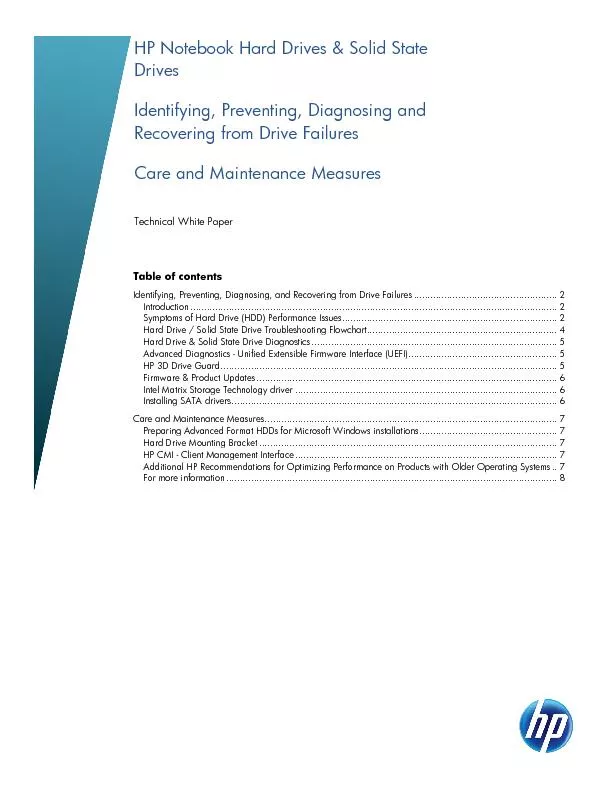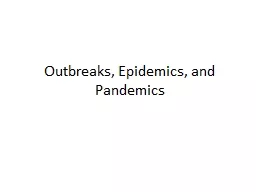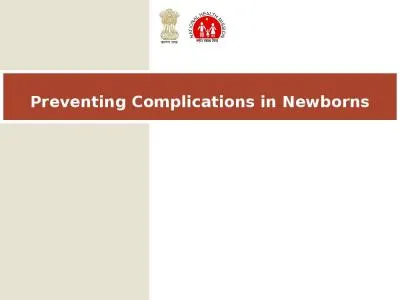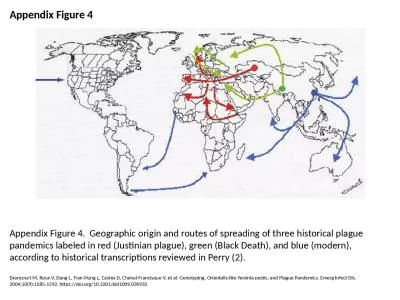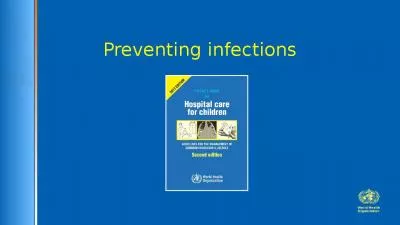PPT-Preventing Future Pandemics.
Author : elysha | Published Date : 2022-06-11
Nipah Virus Bat with Seasonal Itch Dr Diva Singh DSM Centre Ba 2021 Thought for the Day The Single Biggest threat to mans continued dominance on the planet is the
Presentation Embed Code
Download Presentation
Download Presentation The PPT/PDF document "Preventing Future Pandemics." is the property of its rightful owner. Permission is granted to download and print the materials on this website for personal, non-commercial use only, and to display it on your personal computer provided you do not modify the materials and that you retain all copyright notices contained in the materials. By downloading content from our website, you accept the terms of this agreement.
Preventing Future Pandemics.: Transcript
Download Rules Of Document
"Preventing Future Pandemics."The content belongs to its owner. You may download and print it for personal use, without modification, and keep all copyright notices. By downloading, you agree to these terms.
Related Documents

